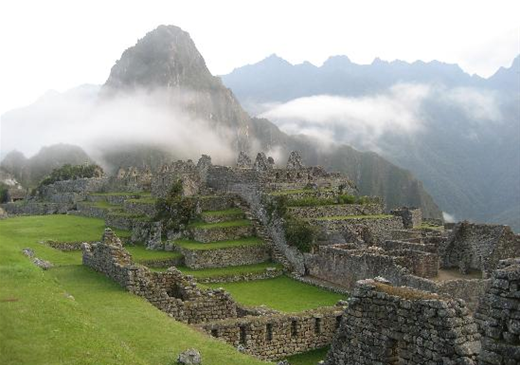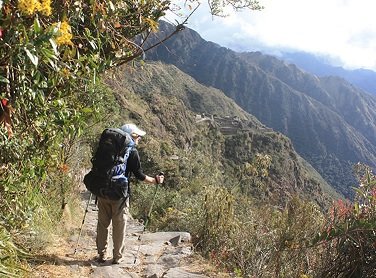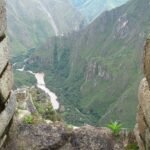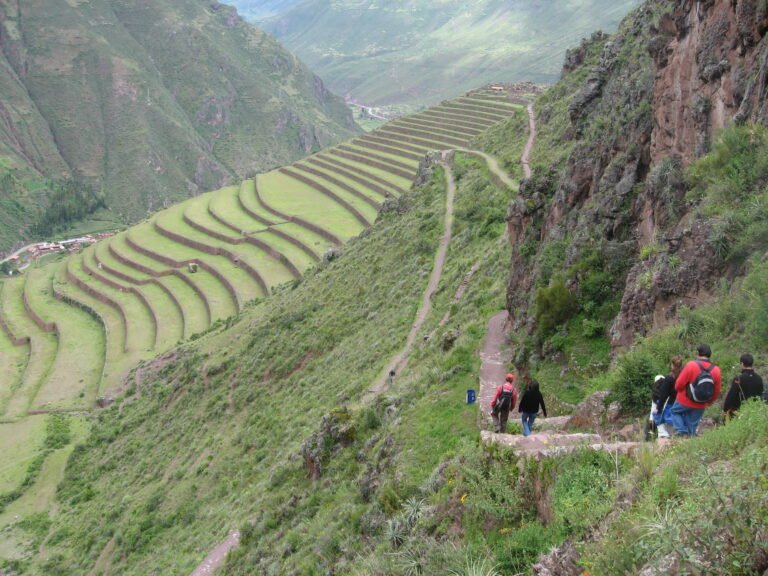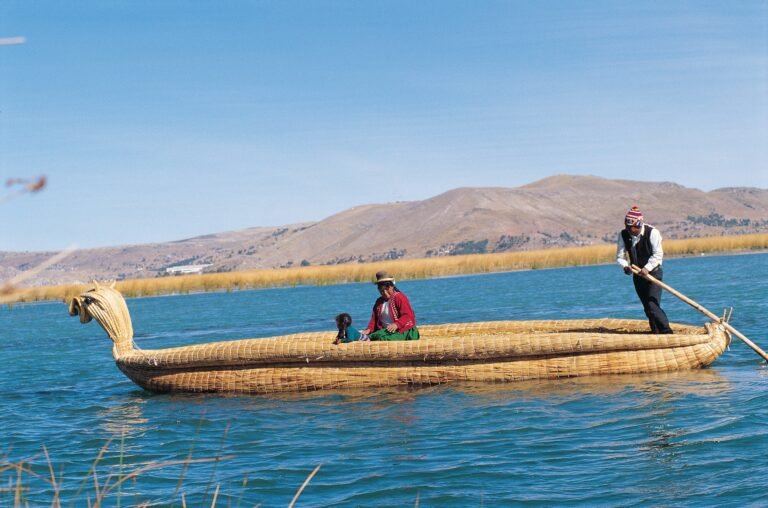Inca Architecture and Engineering
It is one of the most impressive places in the Incas Sacred Valley, under the Andes mountain range, with the winding of the Vilcanota River (Willkamayu), the citadel of MachuPicchu emerges, as the most relevant synthesis of the Millennial Andean; Cultures paradisiacal site of esplanades, cliffs, precipices, wild and deep with an exceptional natural landscape.
The Inca constructions, with great talent and mastery, built a city that constitutes a harmonious architectural complex of incomparable beauty, for their Apus, tutelary gods of the cosmos (Hanajpacha), to mother earth (Pachamama) and to natural forces. This lithic structure is a product of Inca architecture and engineering, confused in the tangled jungle, among an environment of exuberant beauty of flora and fauna.
Indisputable cultural and historical reasons have been influential in the global consensus for the recognition of Machu Picchu as a “CULTURAL AND NATURAL WONDER OF HUMANITY”, a distinction granted on July 7, 2007, almost 100 years after its scientific discovery, by Hiram Binghan (July 24, 1911).
The building is attributed to Pachacuti Inka Yupanki, in the period from 1,438 to 1471. It was built on a large granite massif, known as ´´El Batholito de Vilkabamba´´, where the stones were extracted to sculpt the lithic pieces.
Regarding the architecture, the perfection of the territorial planning is astonishing, which has been adapted to the place, whose topographic relief is irregular and rugged. The orthogonal layout of its streets and enclosures maintains an almost perfect symmetry, associated with the marked unevenness, defined by platforms, retaining walls and stands, as well as the pyramidal projection of the roofs and other construction elements, which differentiated the urban area from the agricultural.
In the field of engineering, the technology of ancestral, pristine, unique and unsurpassed construction quality is awesome, identified with an unmistakable seal, which can be seen in the opening of doors, windows and trapezoidal niches, elevation of the walls of the rigged and slant style enclosures. The projection of the arcs above the door frames define the attractive pyramidal roofs with two and four drops or slopes.
In the last 70 years, various entities, including the National Institute of Culture, have assumed the task of preserving and conserving the citadel.
Regarding the mitigation of environmental impacts, there is evidence that the monument is affected by the action of anthropic and environmental elements such as external geodynamic phenomena, weathering, mechanical and biological weathering, due to the greenhouse effect and climate change.
Dr. Ing. Jesús Puelles Escalante – CIP CUSCO

Machu Picchu Inca engineering that transcends
The topic ´´Inca Engineering´´ that is investigated within the framework of ´´Contemporary Engineering´´ allows us to find coincidences and similarities between the two, despite the interregnum of several centuries. It is indisputable to affirm that the engineers of 500 years ago were specialists and efficient, like the engineers of the current era, having as a common denominator various current knowledge in both technologies. The expansion the Tawantinsuyo area was so large that it almost doubled the current extension, not being an impediment to the presence of Inca technology, in all confines of the vast territory, currently in several countries such as Ecuador, Bolivia and Argentina.
But how made the Incas an idea to where built The Sacred Citadel of MACHU PICCHU ?

